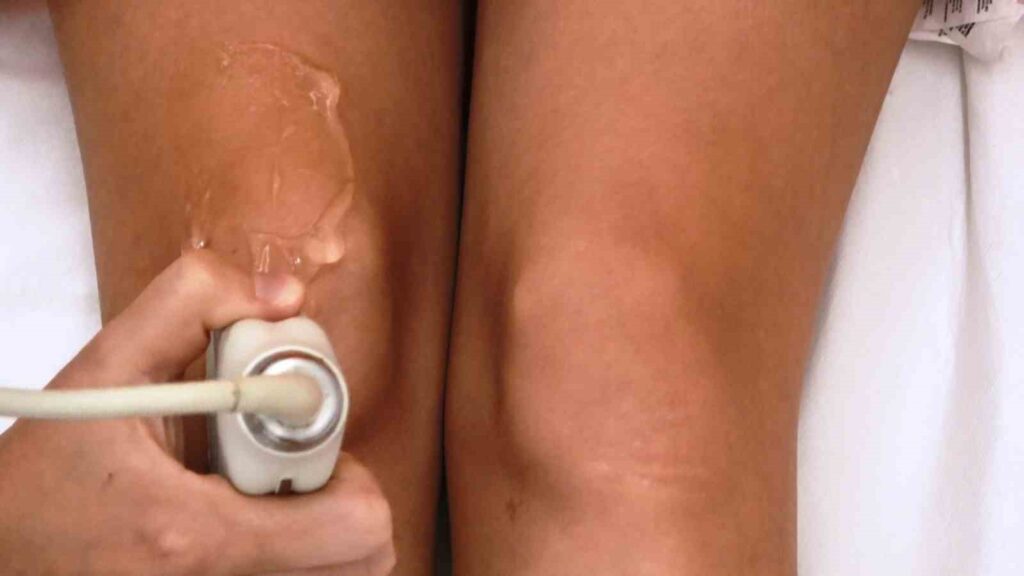Beware of eye infections that come with winter!
With the increase in viral infections during the winter months, there is also a rise in eye diseases, and experts are warning citizens to be cautious about this issue. Medicana provides information about common eye problems encountered during the winter months …

With the increase in influenza infections during the winter months, there is also a rise in eye diseases, and experts are warning citizens to be cautious about this issue.
Providing information on the common eye problems encountered in winter, Medicana Bursa Hospital Ophthalmology Specialist Op. Dr. Adnan İpçioğlu stated, “One of the issues that troubles our patients in winter is dry eyes. Although the weather is rainy and snowy in winter, the humidity level is low, making the air quite dry. Additionally, the radiators that are used throughout the winter, air conditioners, and poorly ventilated indoor environments exacerbate these effects. Especially, occupational groups that work in front of computers for extended periods are at risk for dry eye discomfort. This is because, in situations requiring prolonged concentration, the number of blinks in people decreases, and the eyes dry out more quickly. Symptoms of dry eyes include burning, watering, and redness. Our recommendations for patients include humidifying the working environment, blinking more frequently while in front of the computer, and using tear drops as suggested by the eye doctor,” he said.
Ipcioğlu also expressed that another problem is conjunctivitis, which begins with watering, redness, and discharge from the eyes. He stated, “As illnesses related to viruses increase in the winter months, particularly during the periods when influenza infections are on the rise, the frequency of viral conjunctivitis also increases. Shared living spaces are at risk in this regard. The disease causes complaints such as redness, watering, discharge, and increased sensitivity to light. It usually starts in one eye and then symptoms appear in the other eye as well. Since it can affect the cornea, the transparent layer of the eye, leading to vision reduction, it is essential to consult an eye doctor as soon as possible. To prevent the disease, especially avoid rubbing and scratching the eyes too much, do not use personal items such as towels or makeup products belonging to others, avoid close contact with individuals showing symptoms of such diseases, and pay attention to hand hygiene,” he explained.
Op. Dr. Adnan İpçioğlu also noted that ultraviolet rays pose risks to the eyes. He said, “The low temperatures in winter do not mean that the harmful effects of ultraviolet rays are also less. The glare and reflections created by snow in winter further increase these effects. Therefore, children who tend to spend long periods outdoors, workers who work outside, and those who engage in snow sports are at risk. Age-related cataracts, age-related macular degeneration, pterygium, and skin cancers around the eyes are some of the eye diseases related to sunlight exposure.”







